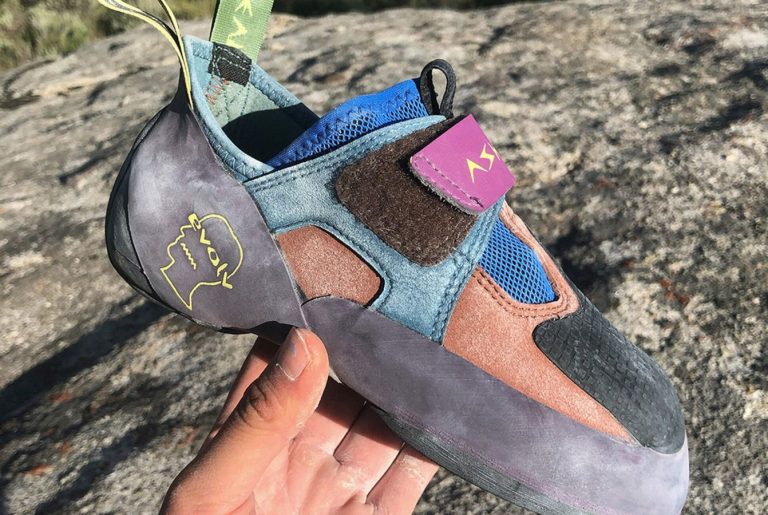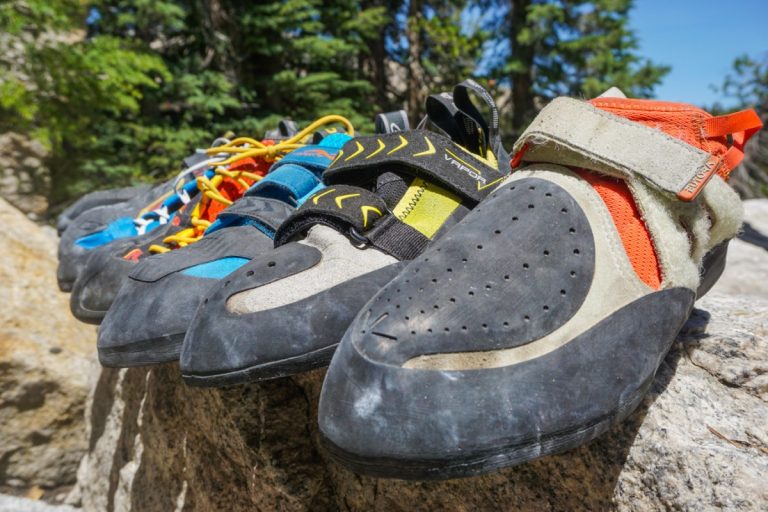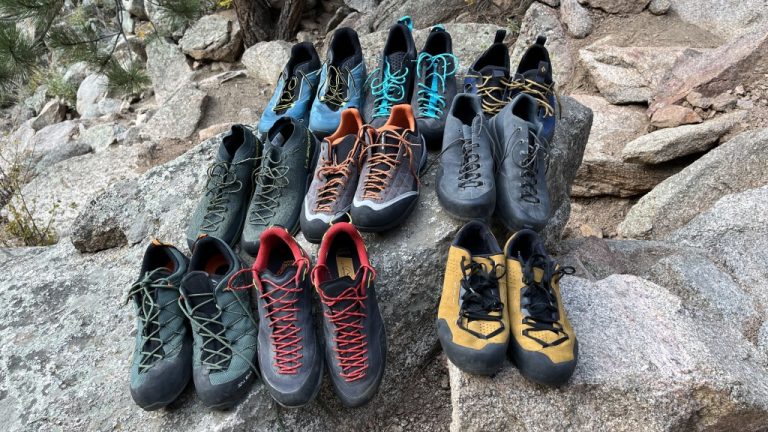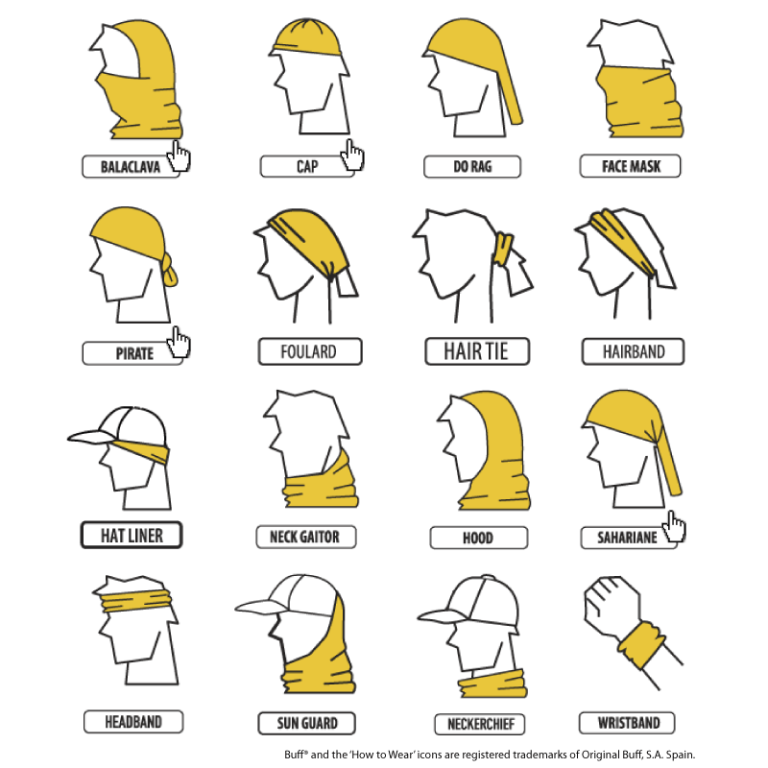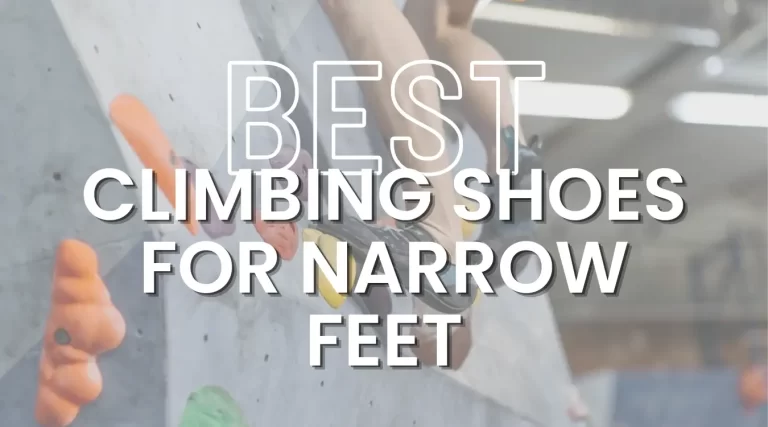The 6 Best Mountaineering Sunglasses
Mountaineering can be an exhilarating adventure, but it also exposes you to harsh sunlight and reflective snow, which can be detrimental to your eyes. To ensure a safe and enjoyable ascent into high-altitude environments, you need specialized sunglasses designed for mountaineering. In this article, we’ll explore the top mountaineering sunglasses available, providing you with valuable insights to make an informed choice.
Understanding the Need for Mountaineering Sunglasses
Mountaineering sunglasses differ significantly from standard eyewear due to their unique features tailored to the challenges of high-altitude environments. These sunglasses are designed to protect your eyes from intense sunlight, UV radiation, and glare off snow and ice. They often include side shields to block light from all angles and ensure optimal visibility.
How to Choose the Right Size
Selecting the correct size of mountaineering sunglasses is crucial for comfort and protection. Sunglasses typically have three measurements: lens width, bridge size, and temple length. A suitable size ensures a snug fit, preventing light from entering around the frames. Remember to measure your head or try on various sizes to find the perfect fit.
Visible Light Transmission (VLT) Ratings
Visible Light Transmission (VLT) is a critical factor in choosing mountaineering sunglasses. For this purpose, sunglasses fall into four categories based on their VLT rating. When mountaineering, it’s essential to use Category 3 (18%-8% VLT) or Category 4 (<8% VLT) lenses. Category 3 lenses are ideal for mixed conditions, while Category 4 lenses are necessary for sunny days on glaciers.
Coverage with Side and Bridge Shields
When hiking on snow, sunlight reflects not only from above but also from the sides and below. Mountaineering sunglasses are equipped with side shields to block light from entering around the lenses. Some models also include bridge shields, further enhancing protection. High-quality models allow you to remove these shields when needed, offering versatility for various conditions.
Materials Matter
The material used for the lenses and frames of mountaineering sunglasses significantly impacts their durability and weight. Polycarbonate lenses are an excellent choice due to their durability and resistance to impact. Frames can be made of either polycarbonate or metal. Metal frames are more resistant to bending but tend to be heavier, while polycarbonate frames are lightweight.
Adjustability, Fit, and Helmet Compatibility
A comfortable fit is essential for mountaineering sunglasses, especially when wearing them for extended periods. Look for sunglasses with adjustable arms and nose pads, as they allow you to block out more light and tailor the fit to your face. Additionally, consider sunglasses that are compatible with climbing helmets for technical ascents.
Now that you have a better understanding of what to look for in mountaineering sunglasses, let’s explore some of the best options available in 2024
Julbo Explorer 2.0 – Best Overall Mountaineering Sunglasses
Pros:
- Category 4 lenses
- Removable side shields
- Helmet compatibility
- Lifetime warranty
Cons:
- Polycarbonate frame
- Moderately priced
The Julbo Explorer 2.0 is a top choice for mountaineers, featuring Spectron 4 polycarbonate lenses with 100% UV protection and anti-reflective coating. These sunglasses come with removable side shields and vents to prevent fogging during strenuous activities. They also feature flexible temples and are compatible with helmets, ensuring a secure fit. The Explorer 2.0 can also be used with transition lenses that adjust to ambient light levels. Julbo’s commitment to outdoor enthusiasts and a lifetime warranty make these sunglasses our best overall pick.
View Price
Julbo Vermont Classic – Best Category 4 Glacier Glasses
Pros:
- Category 4 lenses
- Front and side shields
- Adjustable metal frames
- Excellent warranty
Cons:
- Specialized for high visibility days on glaciers
- Moderately priced
The Julbo Vermont Classic is a reliable choice for glacier activities, offering Spectron 4 lenses with 100% UV protection. These sunglasses feature leather side shields and a nose piece cover for maximum protection. The adjustable metal frames ensure a comfortable fit with rubber nose pads and padded arms. While they excel in high-light conditions, they are more specialized and moderately priced, making them ideal for glacier adventures.
View Price
Oakley Clifden – Best Mountaineering Sunglasses for Ice Climbing
Pros:
- Category 3 or 4 lenses
- Integrated leash
- Removable side and bridge blockers
- Unobtainium pads for no slippage
Cons:
- Expensive
- Limited adjustability
The Oakley Clifden offers exceptional comfort and protection for ice climbing enthusiasts. With Category 3 or 4 lenses, these sunglasses provide 100% UV protection. They come equipped with an integrated leash to prevent loss during climbs and removable side and bridge blockers for added versatility. While the Clifden is on the expensive side and lacks some adjustability, its comfort with climbing helmets and prescription compatibility make it a premium choice.
View Price
Julbo Cover – Best Youth Mountaineering Sunglasses
Pros:
- Long lifetime
- Category 4 lenses
- Comfortable for kids
- Soft arms and nose pad
Cons:
- Not suitable for adults
- Limited ventilation and adjustability
Finding suitable mountaineering sunglasses for kids can be challenging, but the Julbo Cover solves this problem. Designed for children aged 4-8 years, these sunglasses offer Spectron 4 lenses and a comfortable fit with soft arms and nose pads. While they lack some features found in adult sunglasses, such as ventilation and adjustability, the Julbo Cover provides excellent UV protection for young adventurers.
View Price
Pit Viper Grand Prix – Best Inexpensive Mountaineering Sunglasses
Pros:
- Very inexpensive
- Category 3 lenses
- Removable side shields
- Very durable
Cons:
- Limited adjustability
- No ventilation
- Not designed for helmets
Pit Viper Grand Prix sunglasses are a budget-friendly option without compromising on quality. These sunglasses feature Category 3 lenses with 100% UV protection. They are built to last with ANSI Z87+ polycarbonate frames, providing superior eye protection. While they lack some adjustability and ventilation, the Grand Prix is an excellent choice for those seeking affordability and durability.
View Price
Sunski Treeline – Best Mountaineering Sunglasses for Wide Faces
Pros:
- Good fit for wide faces
- Category 3 lenses
- Polarized
- Comfortable
Cons:
- Plastic frames
- Limited adjustability
Sunski Treeline sunglasses are a great option for individuals with wider faces. These sunglasses offer Category 3 polarized lenses with reduced glare and 100% UV protection. While they provide a comfortable fit, they have plastic frames and limited adjustability. However, for those struggling to find wider sunglasses, the Sunski Treeline is worth considering.
View Price
In summary, selecting the right pair of mountaineering sunglasses is essential for your safety and comfort during high-altitude adventures. Consider factors like VLT ratings, coverage with shields, materials, adjustability, fit, and helmet compatibility when making your choice. The options listed above cater to various preferences and needs, ensuring that you can find the perfect pair for your mountaineering endeavors.
Frequently Asked Questions (FAQs)
- Are Category 3 or Category 4 lenses better for mountaineering?
- Category 3 lenses are suitable for mixed conditions, while Category 4 lenses are essential for sunny days on glaciers. Choose based on the specific conditions you expect to encounter.
- What should I look for in side shields on mountaineering sunglasses?
- Effective side shields should block light from entering around the lenses, ensuring optimal protection against glare and UV radiation.
- Can I wear mountaineering sunglasses with a climbing helmet?
- Yes, many mountaineering sunglasses are designed to be compatible with climbing helmets for added safety and comfort.
- Are polarized lenses necessary for mountaineering?
- Polarized lenses reduce glare, making them beneficial for mountaineering in environments with reflective surfaces like snow and ice.
- What should I do if my mountaineering sunglasses break during an expedition?
- It’s wise to carry a backup pair of sunglasses on expeditions. In case of a breakage, having a spare will ensure your eyes remain protected.

